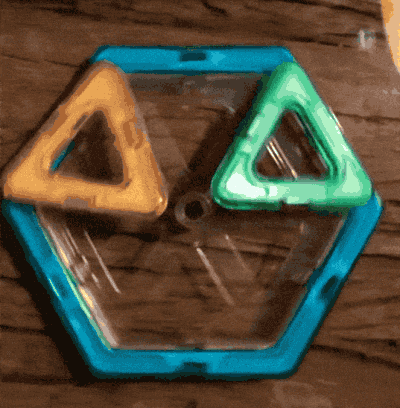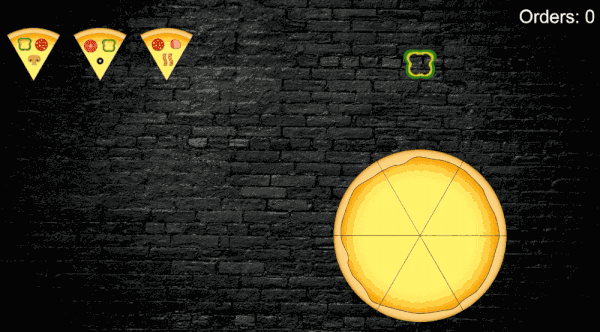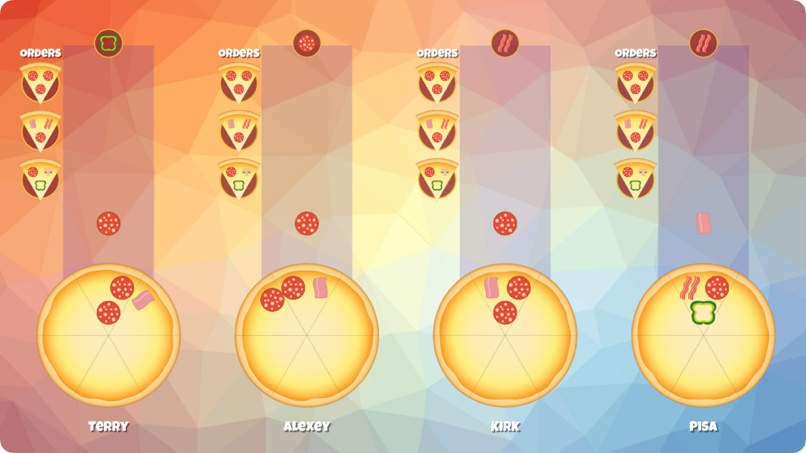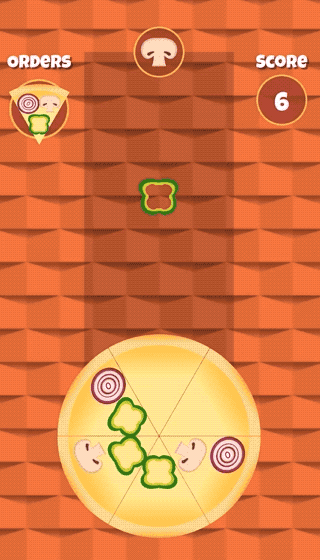· 9 min read
Building My First Game – Terry Karavoulias’s Story

Terry Karavoulias
Director of Technology at Ziff Davis
Editors Note – this post was originally published by Terry Karavoulias. Working as a director in web, Terry has little to no experience in designing or programming video games, but does have a heck of a lot of YouTube tutorials, and a ton of motivation.
Last year during my Christmas break, I had an itch to start a new side project. I wasn’t sure what I wanted to work on, but I knew that it wasn’t going to be another website. I manage a web development team by trade, so I needed something different and challenging.
While enjoying the time off, I was playing with my Nintendo Switch and downloaded Blossom Tales. If you’re not familiar with the game, it’s an indie title that can best be described as Zelda: A Link to the Past, but with slightly less charm. Blossom Tales reminded me how fun old-school video games were. Growing up in the late ’80s and early ’90s, I had always imagined how much fun it would be to create a video game. At the time, it didn’t seem like an achievable goal. Where would I even start? What would I need? Without the internet, this dream, like many others from that era, ended before it began.
Inspired by memories of childhood games and motivated by my desire to dive into a new project, I decided to finally build my first video game.
Yes, I have zero experience in making video games
I had no experience making video games, I didn’t know any of the required programming languages, and I had no artistic talent. Additionally, I had a full-time job, a toddler, and a pregnant wife. These were all the ingredients needed for the perfect procrastination cocktail, but I was determined to overcome all obstacles in my way.
Fortunately, it didn’t take me long to come up with a solid concept. It started with me stumbling upon this post about making gooey cheese for a pizza model in 3D software. I don’t recall the exact reason that I landed on that page, but I do remember testing out Blender 3D at the time.

Where I got my inspiration from
Maybe I was hungry when I read the post, but I knew that my first game was going to be about pizza. I started to brainstorm a bunch of ideas using plain old pen and paper. “I could have a ton of ingredients on the right side, then a bunch of customers with orders on the top, and then some pizzas on the left, and you’d grab the ingredients and put them on the pizza,” I exclaimed to myself in a flurry of pizza-inspired creativity. Admittedly the ideas weren’t that great or overly complex, but they were a start.
I was sitting on the couch sketching a bunch of over-the-top and impractical video game concepts with my toddler next to me. He was playing with a hexagon-shaped toy, attaching magnetic shapes to create 3D structures. He asked me to help him build something. I set my notepad aside, and as I grabbed the hexagon, I got my eureka moment. The pizzas I had just finished drawing had six slices, much like this hexagon in my hand. I spun the hexagon on its axis and thought: What if you simply spun the pizza and the ingredients came to you, like the falling shapes in Tetris?

Starting my prototype
With the spinning-pizza concept in my mind, I began to prototype. I had already decided on Unity for my game’s framework. So I deleted my current project, “Pizza Game 3D,” and began work on a new one dubbed “Pizza Game 2D.” My goal was simple: get a working prototype up and running as soon as possible. I borrowed some graphical assets through Google Images, and I had a rough demo ready within a couple of days.
Really, I wanted to build my own assets, but I had no idea how to properly use Illustrator. I started by following a bunch of tutorials on YouTube. It’s amazing how many free resources are at our disposal in the 21st century. Back in the ’90s, my ideas would have ended before they even began. In this current era of information, the tools are easily accessible and the only limitations are motivation, time, and willpower to learn. In January alone, I learned C#, familiarized myself with Unity, and discovered the wonderful world of vectors in Illustrator.
My first pizza topping, the pepperoni, took me roughly five hours to make. The second topping took a bit over an hour. I now average about 15 minutes per topping and have a couple dozen finished.
By February, I had this ugly demo up and running.

By day 50, I had an endless puzzle action game that I could have called complete and tossed it in the App Store for 99 cents. It wasn’t very polished though, and I didn’t want my first game to look rushed. You only get one chance to make a first impression. In hindsight, I probably should have launched it anyway. The game also had a silly new name, Pizza the Pie. (RIP Pizza Game 2D.)
Keeping a structure
Setting up a schedule was crucial. I’d wake up, take my kid to daycare, go to work, clock in my eight hours, come home, and help out around the house (dinner, dishes, and my son’s bedtime routine). When all that was done, it was 9:30 p.m. and time for me to work on my game. I’d get at most an hour or two of work done a night; I didn’t want to overdo it. This took a lot of discipline and support from my lovely wife. When I was full of energy, I’d code. When I felt mentally burnt out, I worked on graphical assets. And when I’d had enough of both, I’d take a break and relax. Most often, that wouldn’t last long, and I’d quickly be back at it. Weekends were devoted to my family.
This is when I realized that time really does equal money—I also really wished I could buy more time.
When I started working on Pizza the Pie, it was a pretty simple project. It was meant to be an endless action puzzle game. Within a few weeks, though, the project grew as the ideas kept flowing. I began to throw every single feature at it. Of course, it was going to have a multiplayer mode, and online play, and a story mode with cutscenes, multiple themes, and a player-versus-A.I. mode. And, of course, I was going to build all those elements on my own, including all the music and background art. (Luckily, I knew better than to actually attempt those last two.)

A minor setback
By March, I was 85 percent done with Pizza the Pie. By July, I was down to 40 percent, thanks to all these new added features. My Trello board had become overwhelming. I was growing tired of constantly working on the game with little to show, and I knew I needed to make cuts. I decided to go back to the basics. This was a tough but important decision. I had already coded the multiplayer mode, and I had made good progress on the story mode.
I took a month off before getting back into it—this time with a more realistic set of goals.

Pizza the Pie was now much simpler. I didn’t scrap everything, but I decided to keep only two game modes. The original endless mode (which now had four separate options) and an adventure mode with a few dozen levels (yes, I know that’s a lot). I also decided that I was going to release this only for iPhone. No consoles, no distractions.
Advice to other developers
Editors Note: We liked this story so much, we asked Terry what he biggest piece of advice to be to any fresh new developers out there…
I guess I would say that if you put your mind to it, anyone could make a game. There is really no right or wrong way going about developing one. But don’t feel disheartened if you don’t know something – there are tons of tools and resources out there that you can learn and take inspiration from.
You will however need to put in the time. There’s no quick and easy way to create a game – this is something you will have to put your mind to, especially if this is something you’re doing in your spare time.
The biggest piece of advice I would give anyone however is make sure you have structure and a plan. Give yourself realistic tasks and objectives. The hardest part of creating anything is making sure you keep working on your project. Make sure you create habits – and stick to them!
Update: finished product!
I finished Pizza the Pie the day before my new daughter was born. You can get the game directly from the AppStore. I also built a quick little website to help promote it. That’s it for now but who knows, maybe one day I’ll even resurrect that multiplayer mode.
Considering creating your first game?
GameAnalytics is free for anyone to use, and has a huge collection of SDK’s for some of the top game engines out there. You can view their full SDK list here.